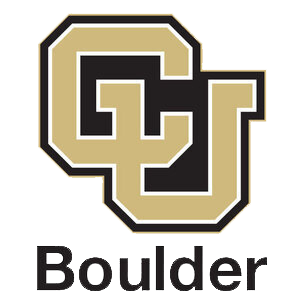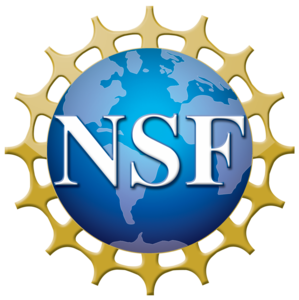The PIs, in consultation with the Board of Directors will select topics for the schools from proposals made by the community. If you have suggestions for topics and/or people to organize the schools, please send us an email at: boulder.school@yale.edu. The proposals do not need to be highly formal, just a brief physics motivation for the topic, a list of topics covering 4 weeks of the school, a list of organizers (3 is optimum) and (potential) lecturers (15 optimum) covering the suggested topics.
Although not limited to it and new creative ideas are welcome, a good idea of the kinds of topics BSS covers can be found here.

